


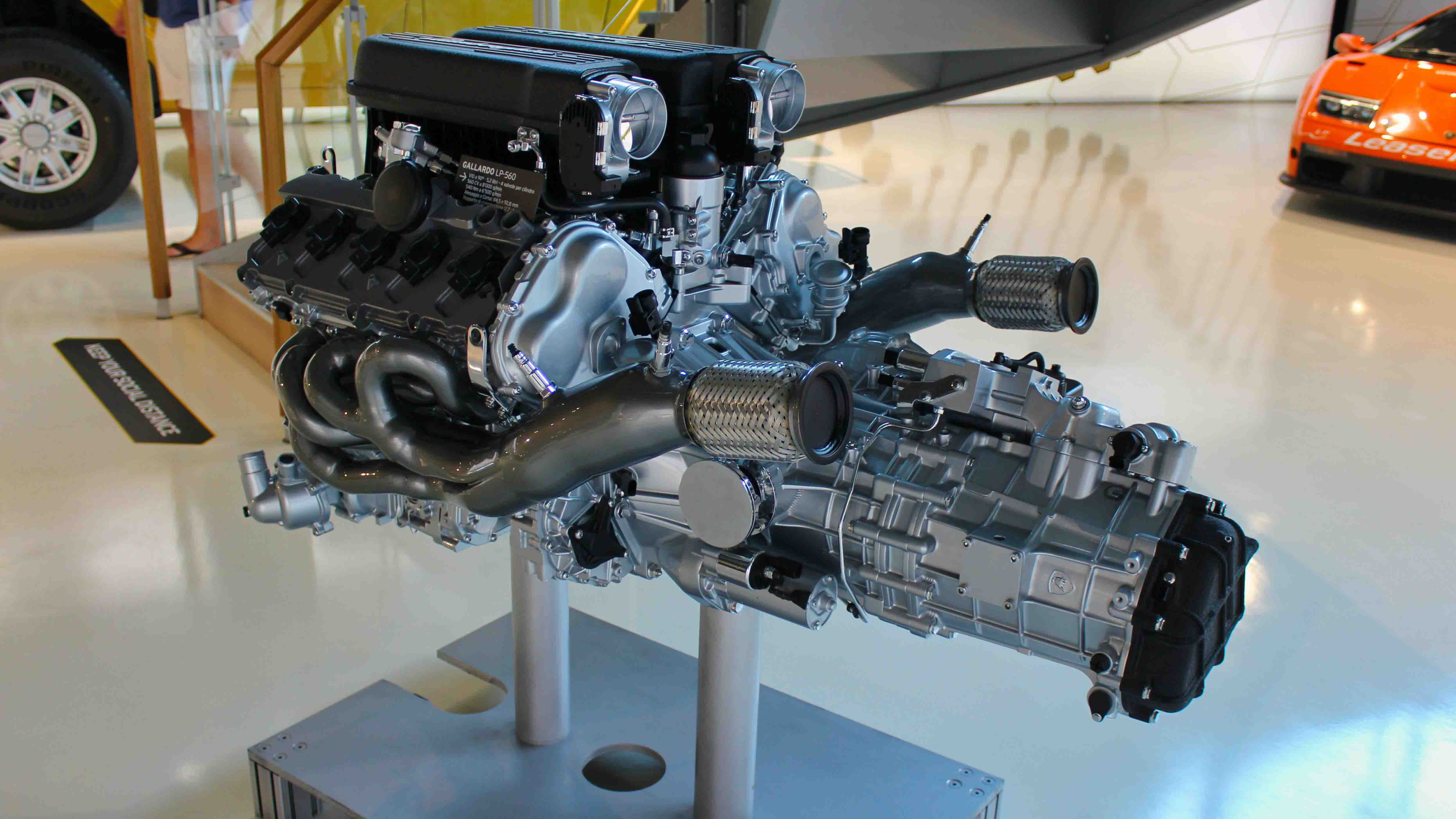

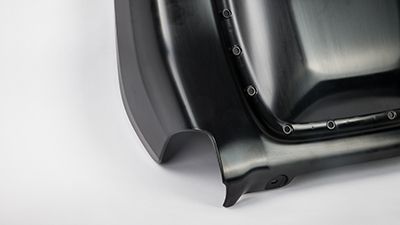


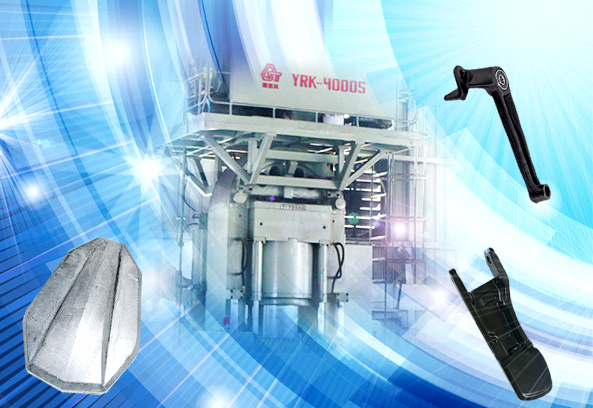
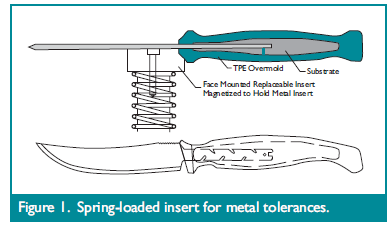
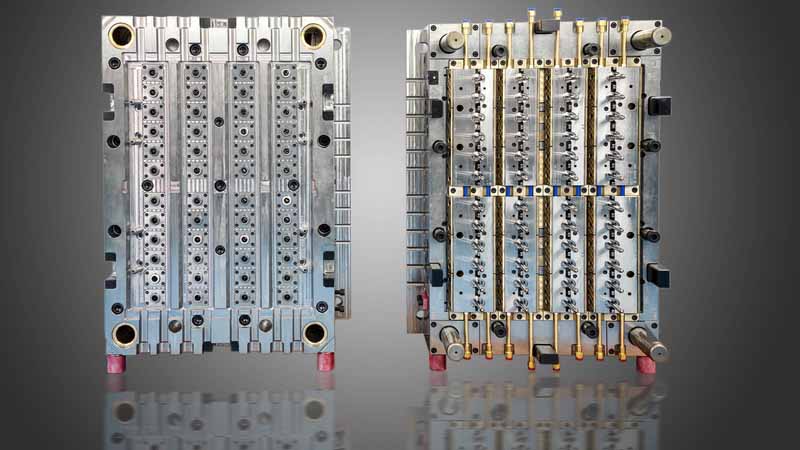
Prototyping: Professional Terminology
Category 1: Core Concepts & Philosophies
|
Term |
Definition & Context |
|
Prototype |
A preliminary model of a product, built to
test a concept, validate functionality, or communicate ideas. |
|
Prototyping |
The process of creating a prototype. A core
activity in design thinking and agile development. |
|
Proof of Concept (PoC) |
A prototype built solely to verify that a
certain concept or theory has the potential to be used. Focuses on core
functionality, not form. |
|
Minimum Viable Product (MVP) |
A prototype with just enough features to
satisfy early customers and provide feedback for future product development.
It tests the product's value in the market. |
|
Iterative Design |
A cyclical design methodology based on
prototyping, testing, analyzing, and refining a product. |
|
Fail Fast, Fail Cheap |
A key philosophy of prototyping. The goal
is to discover flaws and shortcomings as early and inexpensively as possible. |
|
Design Validation |
Using a prototype to confirm that the
product meets the intended design specifications and user needs. |
|
User Testing |
The process of having end-users interact
with a prototype to identify usability issues and gather feedback. |
Category 2: Fidelity & Purpose
These terms describe the detail level and
primary goal of a prototype.
|
Term |
Definition & Context |
|
Fidelity |
The level of detail and functionality of a
prototype. Ranges from Low-Fidelity to High-Fidelity. |
|
Low-Fidelity (Lo-Fi) Prototype |
A simple, abstract, and quick-to-make
prototype. Used to explore concepts, test flow, and layout without
distraction. Examples: Sketches, wireframes, paper prototypes. |
|
High-Fidelity (Hi-Fi) Prototype |
A prototype that closely resembles the
final product in look, feel, and interaction. Used for detailed usability
testing and final design validation. |
|
Horizontal Prototype |
A broad but shallow prototype that shows a
wide range of features but with little detail (e.g., a mockup of an entire
website's top-level navigation). |
|
Vertical Prototype |
A narrow but deep prototype that implements
a single feature or workflow in full detail from start to finish. |
|
Looks-Like Prototype |
A prototype that accurately represents the
final product's visual design, form, and aesthetics, but may not be
functional. |
|
Works-Like Prototype |
A prototype that functions like the final
product (e.g., electronics, mechanics) but may not have the final exterior. |
|
Feels-Like Prototype |
A prototype focused on the user experience
(UX), interaction, and ergonomics. |
Category 3: Physical Prototyping Methods & Outputs
|
Term |
Definition & Context |
|
Appearance Model |
A high-fidelity, non-functional model
created to represent the final product's exact size, shape, color, and
texture. Used for marketing and approval. |
|
Engineering Prototype |
A functional prototype built to test
technical performance, durability, and manufacturing feasibility. |
|
Scale Model |
A prototype that is a proportional
enlargement or reduction of the actual product. |
|
Mock-up |
A often full-scale model used for design,
evaluation, or promotion. It may be static or have limited functionality. |
|
Breadboard |
An early-stage electronics prototype,
typically on a perforated board, used to test circuit design without
soldering. |
|
Form Factor Model |
A prototype built specifically to test the
physical dimensions, layout, and ergonomics of a device. |
Category 4: Digital/Software Prototyping
|
Term |
Definition & Context |
|
Wireframe |
A low-fidelity, skeletal outline of a
digital interface (website/app), showing the layout of elements and
functionality. |
|
Mock-up |
A medium-fidelity static design of a
digital product. It incorporates visual design (colors, typography) but is
not interactive. |
|
Interactive Prototype |
A clickable simulation of a digital
product. It allows users to navigate between screens and experience the flow. |
|
Digital Twin |
A virtual model of a physical product or
process, used for simulation, analysis, and control. |
Category 5: Modern Manufacturing Methods for Prototyping
|
Term |
Definition & Context |
|
Additive Manufacturing (AM) |
The formal term for 3D printing. Building
parts layer-by-layer from digital models. |
|
3D Printing |
The common term for Additive Manufacturing.
Ideal for rapid iteration of complex geometries. |
|
Fused Deposition Modeling (FDM) |
A common 3D printing process that uses a
continuous filament of thermoplastic material. |
|
Stereolithography (SLA) |
A 3D printing process that uses a laser to
cure liquid resin into hardened plastic. Known for high detail and smooth
surface finish. |
|
Selective Laser Sintering (SLS) |
A 3D printing process that uses a laser to
sinter powdered material (typically nylon). Known for creating strong,
functional parts without support structures. |
|
Subtractive Manufacturing |
The opposite of additive; starting with a
solid block of material and removing material (e.g., milling, cutting,
turning) to create a part. |
|
CNC Machining |
Computer Numerical Control machining. A
subtractive process ideal for creating high-strength, precise prototypes from
real engineering materials (metals, plastics). |
|
Rapid Tooling |
Methods to create molds quickly for
short-run production of prototypes in the final material (e.g., Urethane
Casting, 3D-printed
mold inserts). |
|
Vacuum Casting |
A process where a silicone mold is made
from a master pattern (often 3D printed) and used to cast multiple copies of
a part in polyurethane resin. |
Category 6: The Prototyping Workflow & Evaluation
|
Term |
Definition & Context |
|
Iteration |
A single cycle of the design process:
prototype -> test -> learn -> refine. |
|
Design for Manufacturability (DFM) |
The practice of designing parts to simplify
the manufacturing process, reducing cost and increasing quality. Prototyping
is key to DFM. |
|
Usability Testing |
Observing users as they interact with a
prototype to identify points of confusion and areas for improvement. |
|
Feedback Loop |
The process of gathering feedback on a
prototype and using it to inform the next iteration. |
|
A/B Testing |
Comparing two versions of a design (A and
B) with users to see which one performs better against a defined goal. |